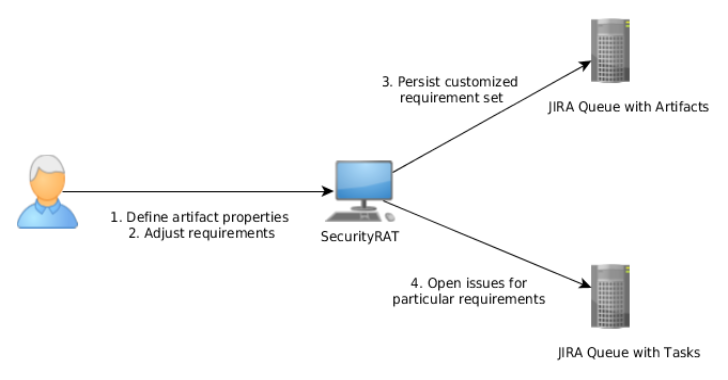While an extensive variety of organizations may choose to send their mobile application only on the iOS platform first, many will do the change to Android on the off chance that they haven’t as of now and all things considered. Holding more than 75 percent of the world’s mobile OS piece of the overall industry, Android offers a huge gathering of people for application designers to take advantage of Android Application Developer.
Along these lines, it’s basically vital that developers know how to make an Android application from one that as of now exists on iOS. Tragically, there’s no surefire mechanized process that can deal with this transformation for you, and with every stage being endlessly extraordinary, there are numerous variables to consider while changing over an iOS application into an Android application.
Suppose your iOS application has just been released onto the Apple App Store, why update it for Android? All things considered, in the event that you don’t change over your application, you’d be seriously restricting your market achieve, chance to include new highlights, and at last decreasing your general ROI.
Obviously, changing over an iOS application to Android is a crucial advance toward amplifying the achievement of the venture. This is what you have to know keeping in mind the end goal to convey your mobile application to a more extensive market.
Also Read Fluxion – Remake Of Linset By VK496 With Less Bugs & Enhanced Functionality
Differences Between Programming Languages
In spite of the fact that there’s no robotized device to deal with the mobile application change process for you, there are some approaches to make the procedure less demanding. Most iOS designers utilize Swift and Objective-C for a programming dialect, while most Android application engineers use Java and Kotlin.
Be that as it may, since both Swift and Kotlin are moderately new to the programming field, they share a considerable measure of likenesses. Along these lines, on the off chance that you build up an iOS application in Swift and change over it utilizing Kotlin, you will have the capacity to exchange over code without having to widely transform it.
Keeping Design Discrepancies in Mind
Maybe the most central perspectives to remember while changing over an iOS application to Android are the plan fluctuations between the two platform. Android works in material outline while iOS utilizes level plan, and this effects the manner in which you can actualize different outline components. Here are the absolute most imperative contrasts:
- Buttons – Android applications actualize coasting activity buttons, while buttons on iOS are level with shadows. So as to get included on the Google Play application store, one of the necessities is that buttons have cut, adjusted corners.
- Object placement – The plan that Android utilizes prompts a various leveled course of action of items. Then again, Apple underpins an all the more flush and moderate look.
- Lists – The look, behavior, and animations of records are immeasurably unique amongst iOS and Android.
- Tabs – Since Android clients have tabs at the base of the screen and Apple places tabs at the best, you should be aware of not incorporating in-application tabs in the wrong place.
- Typography – While Android applications only utilize Roboto text style, iOS applications can be in either San Francisco or Helvetica Neue.
- Navigation – There are likewise dissimilarities in the manner in which route components are realized. On iOS, the route bar has a lower tallness and a focused title, Android’s route bar has a more noteworthy stature and the title is adjusted beginning from the left.
Notwithstanding these outline components, an Android application developer will likewise need to observe contrasts in screen determination and format, and additionally the working framework that their application will be upgraded for.
Final Test Android Application
Once you’ve finished changing over an iOS application to Android, there’s as yet one more significant advance before intersection the end goal. Keeping in mind the end goal to guarantee quality affirmation, you’ll need to attempt UX testing, source application business rationale investigation, and in addition exact coding and testing.
The ideal method to test on Android is by utilizing genuine gadgets or utilizing emulation devices, for example, Robotium or Appium. You can likewise apply approval testing, client beta testing, approval and different instruments to work out any crimps your changed over application may have.
To condense, in the event that you represent the programming language, contrasts in plan and format, discontinuity, and quality affirmation testing, you can effectively total the transformation procedure from iOS to Android, keeping your application fit as a fiddle on the two platforms.
















